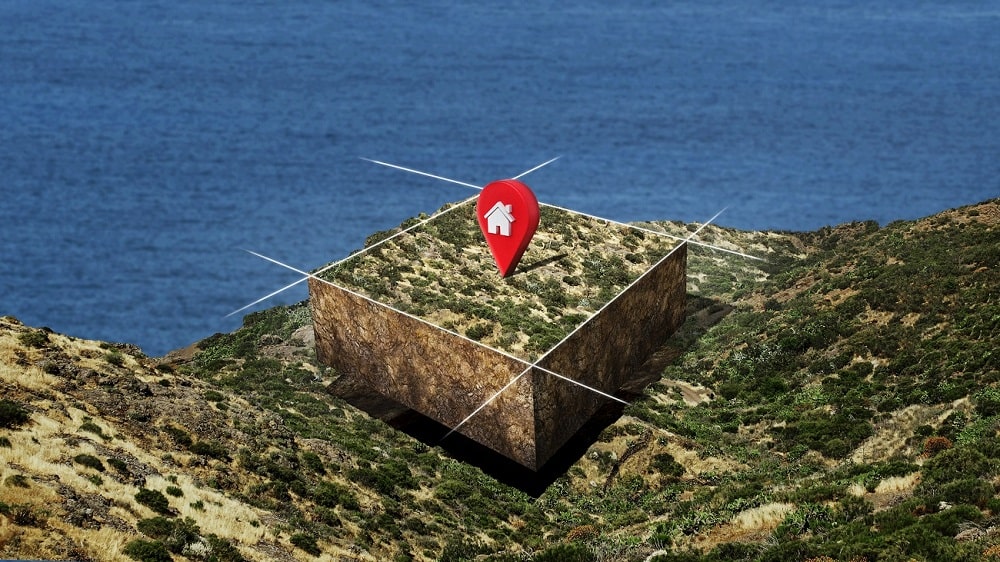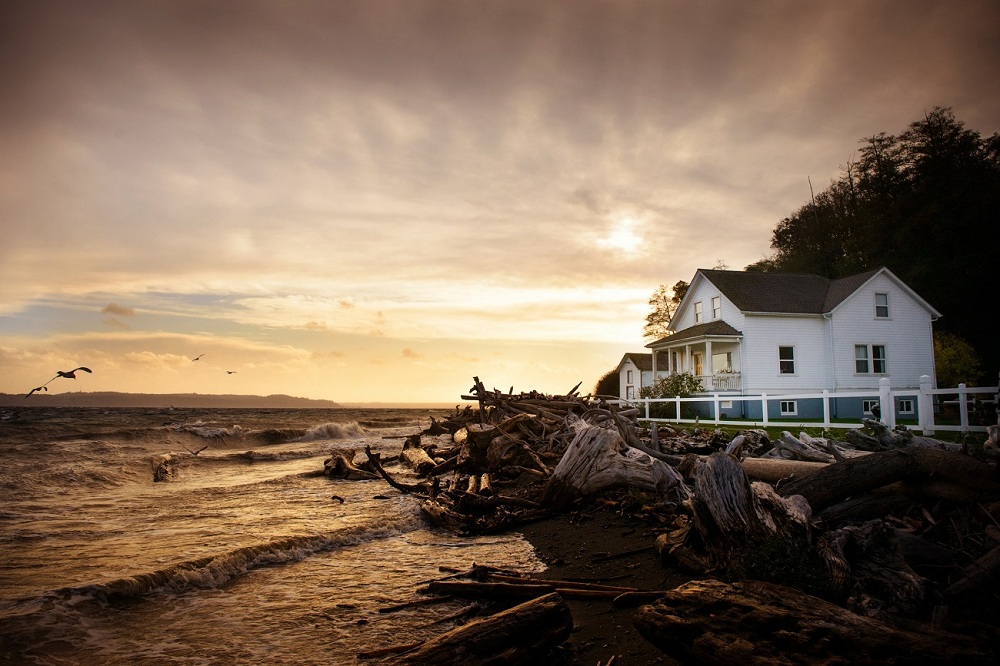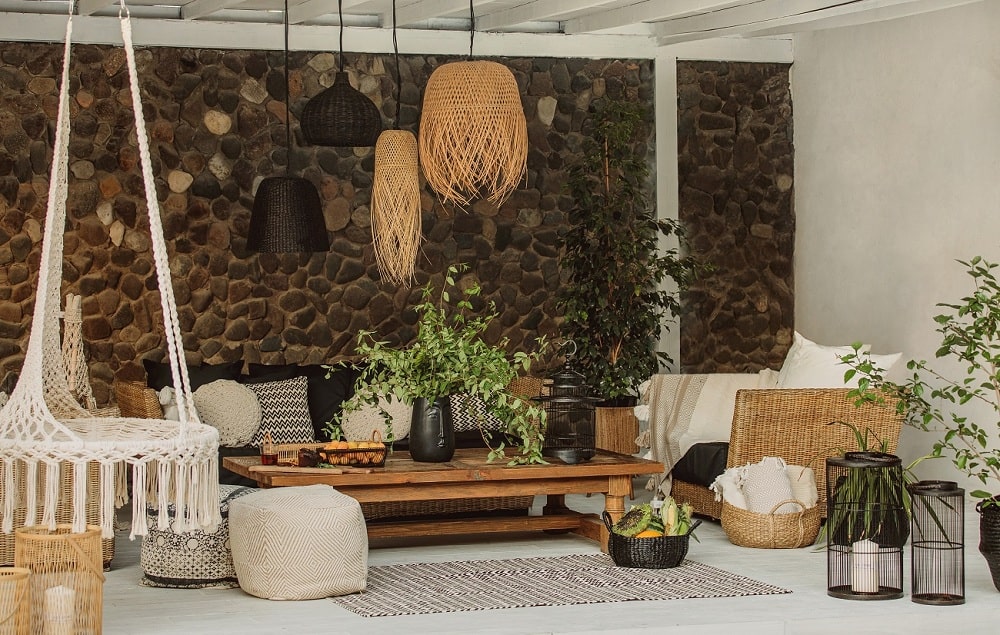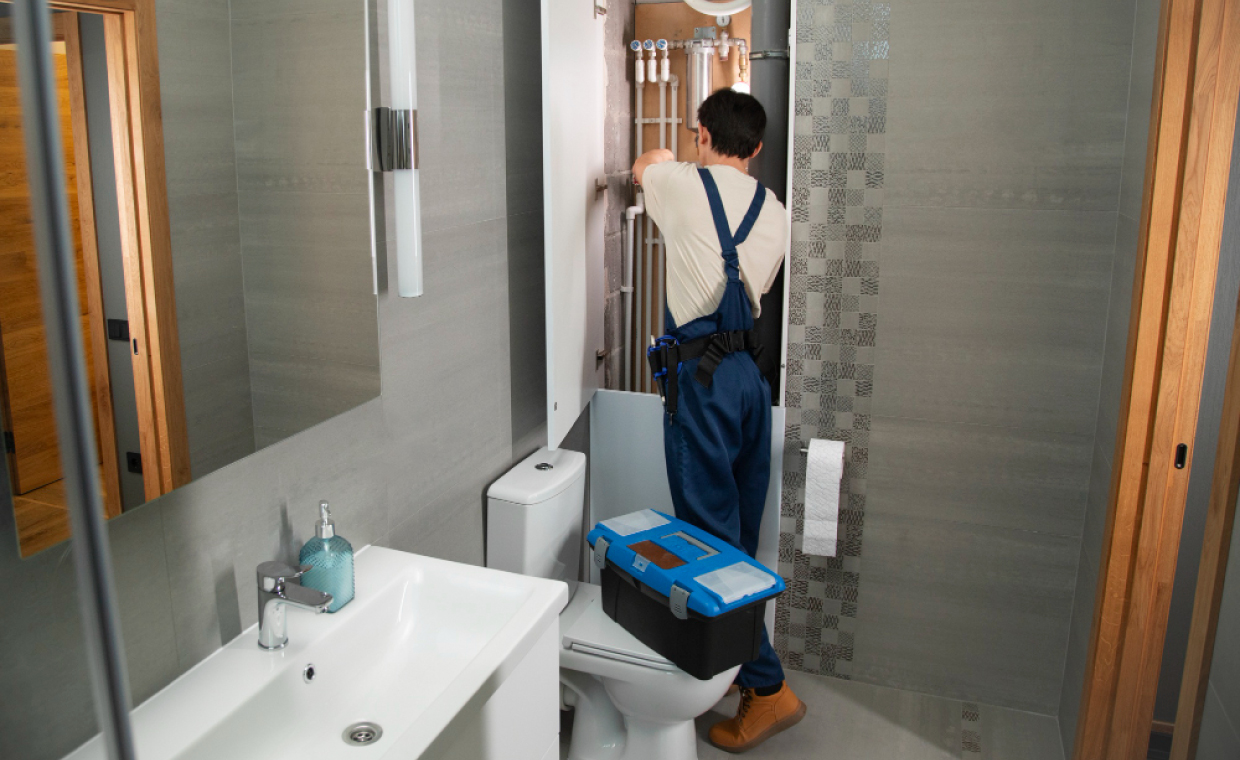
When people want to destress and escape from their stressors, most of them head out into the great outdoors. Survey reveals that about 44% of the respondents would go to the beach to unwind and do something positive for their mental health. But while the beach is a temporary escape for others, wouldn’t it be amazing to actually build a home and live right at the beachfront? Waking up every morning with the ocean in your window view while hearing the crashing waves is like a dream come true.
A beachfront house is unlike other houses in the city or suburban areas. Beachfront properties are considered long-term assets because their values generally rise over time, particularly in coastal areas that are becoming major tourism hubs. However, it’s essential to stay informed about factors such as rising sea levels, coastal erosion, and climate change, which can impact the value of beachfront properties in the future.
By choosing a suitable location and constructing a well-designed, sustainable beachfront home, you can mitigate some of these risks and still enjoy the numerous benefits of living by the ocean.
Tips to Build a Dream Beachfront Home
So, are you considering building and owning your dream beachfront house soon? This article will further discuss how you can successfully build your dream beachfront home.
01. Choose the Best Location to Build a Beachfront Home

Not all empty coastal areas are ideal places to build a house. Several factors must be considered first when choosing a location to build your home. One of these is the quality of the soil. For instance, if the earth under the dunes is too loose, building a house will be particularly challenging and dangerous as it could be at risk of sinking and corrosion.
Your chosen location must be at a safe distance away from the shore, where corrosion issues are common. You can hire and consult landscape architecture designers when choosing the location for your beachfront house. Given their skills and knowledge, they can help survey the area and decide if your proposed location is the best place to build your beachfront home.
Furthermore, you must consider other things like water access, privacy, and view of the location. The engineers and landscape architecture designers can also help decide the best materials and home design suitable for the current landscape, privacy, and view of the location.
02. Know the Ideal Weather for Beachfront House

Beachfront houses are known to serve mild and sunny weather, which is why some homeowners use them as their vacation houses, particularly in the summer. Although the weather is primarily fine and sunny at the beach, most coastal areas are prone to tropical storms, hurricanes, and other extreme weather conditions.
It is crucial to emphasize the importance of adhering to building codes and regulations in coastal areas, which are designed to ensure the safety and structural integrity of buildings in regions prone to extreme weather events such as hurricanes and flooding.
Hurricanes and tropical storms can lead to floods, and buildings or houses built within low-lying areas (or close to the shore) are vulnerable to house floods. Meanwhile, harsh winds can also bring severe damage to your beachfront property and possibly tear down your place.
Thus, before building your beachfront house, conduct thorough research regarding the typical weather of your chosen location. Look through the storm and hurricane history of the place to learn more about how often these harsh weathers occur in the area. You may also consult a weather surveyor to help you through the research process and assess potential dangers.
Being fully aware of the kind of weather regularly happening in your location, along with adhering to local building codes and regulations, will help you build a home that can withstand these extreme weather conditions.
Your hired architects and engineers will then help you design a beachfront house that isn’t only aesthetically appealing but is sturdy enough for these harsh weather conditions. For example, if strong winds are common in the area, the architect will design a low slope and hip roof system for your home to reduce wind loads.
03. Invest in Long-Lasting, Protective, and High-Quality Materials

Building a house, particularly near the beach or within the coastal area, will present unique challenges. The saltwater and salty breeze from the ocean can affect the strength and longevity of your home’s building materials.
For instance, metal is a strong and durable material popularly used in building commercial and residential properties. However, since it’s particularly vulnerable to the salty coastal air, it may not be the best choice of material for beachfront and coastal buildings. Furthermore, coastal areas are known for their humidity and moisture in the air, making wood materials warp over time.
The best alternative for metal is concrete and cedar. They’re aesthetically pleasing and functional and have a high tolerance to salt air, making them capable of withstanding the corrosive properties of the ocean.
Meanwhile, when choosing materials for the siding and exterior rim, you can use fiberglass and non-cellular PVC instead of wood. If you insist on using wood for your flooring or other interior parts of the house, make sure to have closed-cell insulation on the walls, attic, and underneath the first floor. Proper insulation will seal out the moisture and protect the wood interiors of your beachfront home.
Overall, while comfort and style are important considerations when building a house, durability should be one of your top priorities for your dream beachfront house.
04. Maximize the Open Space

Beachfront houses are all about maximizing the location and their surrounding views. Thus, for your beachfront house, implement an open-concept home design to allow spacious and easy airflow through the house. An open-concept design is also a much more sensible choice as it makes your home ideal for entertainment and family gatherings.
To achieve an open-space layout, opt for large, sliding glass windows to promote ventilation and maximize natural lighting. Of course, you’ll want to take full advantage of the surrounding ocean view, and installing glass windows can help you easily see the outside views and make your home look boundless. For your porch, install a sunscreen roof so you may spend more time outdoors without worrying too much about the sun’s extreme heat.
You can add a grill or even a full-set outdoor kitchen to provide more activities for your family or guests (besides swimming on the beach). An outdoor kitchen allows you to cook outdoors, particularly in the evening when the seashore feels nice and cool. If you have kids, you can add a volleyball net, outdoor showers, or other additions to encourage them to spend more time outdoors.
Remember, the purpose of building a beachfront house is to be closer to the beach and make the most of what it offers. So, with the help of your architecture designer, you can find more ways to make your beachfront home more open, entertaining, and closer to nature.
05. Choose Beach Theme Home Decor

Decorating a beachfront house may be different when decorating other traditional homes. Besides aiming for a beachy atmosphere, you’ll need to invest in home decorations that are durable enough to withstand the coastal air. You might also need to use furniture or other objects that are easier to clean and maintain.
For example, avoid carpeting your floors as there’s a chance you’ll be bringing sand and seawater from outdoors, making your carpets get dirty and damp in no time. Natural fiber rugs like sisal are much more suitable for beach houses as they can withstand sand and moisture.
When picking a seating option, consider the vintage bamboo chairs covered with washable cushions, as they’re swimsuit friendly. So, even if you recently got out from the sea covered in water and sand, you can easily remove the cushion covers for proper dusting and cleaning.
Wrap up
Building your beachfront house can be a dream come true for many. Living on the beachside has numerous benefits, such as opening more opportunities for outdoor physical activities, providing space for relaxation, and a limitless ocean view.
But to reap these benefits, one must consider functionality and safety before aesthetics when building a beachfront house. So, go through this how-to guide and let architecture designers and engineers help plan and design your dream beach house.






























